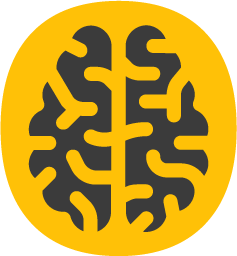Paul Steinfath

Researcher
Stephanstraße 1A
04103 Leipzig
Germany
Paul completed a B.Sc. in Biology at the University of Düsseldorf and a Neuroscience Master at the Vrije Universiteit in Amsterdam. For his M.Sc. thesis, he investigated the neurophysiological correlates of resting-state networks in a simultaneously acquired EEG/fMRI dataset. After his Master, he started to work as a research assistant at the Max Planck Institute for Cognitive and Brain Sciences in Leipzig, where he investigated rehabilitation methods for stroke patients and EEG alterations associated with aging. In 2020 Paul joined the O’Brain Lab where he investigates how different styles of diet influence the dopaminergic system and cognitive functions.
| 2020– | Researcher, Max Planck Institute for Human Cognitive and Brain Sciences. Diet-dependent effects of opposing pharmacological dopamine manipulations on neurocognitive measures of reinforcement learning, and working memory |
| 2018–2020 | Research Assistant, Max Planck Institute for Human Cognitive and Brain Sciences, Leipzig. |
| 2015–2017 | M.Sc. in Neurosciences (cum laude), Vrije Universiteit, Amsterdam. |
| 2011–2014 | B.Sc. in Biology, Heinrich Heine Universität, Düsseldorf. |
Publications
Cesnaite, E., Steinfath, T. P., Jamshidi Idaji, M., Stephani, T., Kumral, D., Haufe, S., Sander, C., Hensch, T., Hegerl, U.,
Riedel-Heller, S., Röhr, S., Schroeter, M. L., Witte, A. V., Villringer, A., & Nikulin, V. V. (2023).
Alterations in rhythmic and non-rhythmic resting-state EEG activity and their link to cognition in older age.
NeuroImage, 268: 119810. doi:10.1016/j.neuroimage.2022.119810.
[Item]
[File 1]
Herzog, N., Steinfath, T. P., & Tarrasch, R. (2021). Critical dynamics in spontaneous
resting-state oscillations are associated with the attention-related P300 ERP in a go/nogo task. Frontiers
in Neuroscience, 15: 632922. doi:10.3389/fnins.2021.632922.
[Item]
[File 1]
Prestel, M., Steinfath, T. P., Tremmel, M., Stark, R., & Ott, U. (2018). fMRI BOLD
correlates of EEG independent components: Spatial correspondence with the default mode network. Frontiers
in Human Neuroscience, 12: 478. doi:10.3389/fnhum.2018.00478.
[Item]
[File 1]

